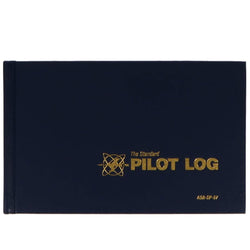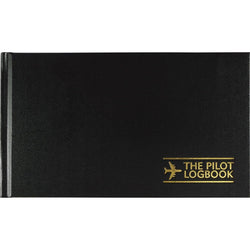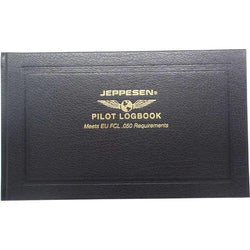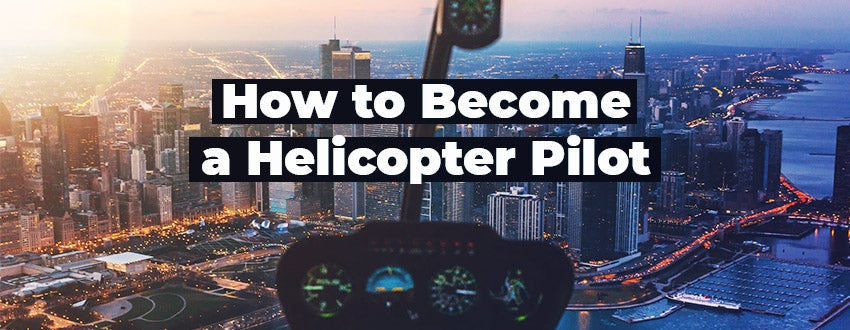If you are like the majority of general aviation pilots and a great portion of commercial airline pilots, you likely log more day flights than night ones. Although as a GA pilot, it may be tempting to neglect your night flight currency, if so, not only will you miss out on a lot of gorgeous tranquil trips but also endanger yourself with a likely dangerous combination of conditions.
It's important to stay proficient in night flying, even if you don't have any plans to go up at night. After all, what if you suddenly find yourself needing to fly a night flight with passengers on board?
To keep yourself and your passengers safe, let’s review what the FAA defines as a night flight, go over the currency minimums necessary, discuss how night flying differs from day flying, and talk about common mistakes made during night flights so you can know to avoid them.

Know night flight regulations and how to log time
First things first – what do FAA rules say about night flight? There are 3 sets of night flight regulations that all pilots need to know. The first is regarding the need for navigation lights, the second involves recency requirements and the third defines what flights can be logged and count for official night flight time.

Pro tip: the definition of “night” varies from regulation to regulation, and that is what tends to get new night pilots confused at first. Pay attention to the definition of night that is being used for each of the 3 regulations.
Navigation light requirements
FAR 91.209 (a) sets a requirement that all aircraft must operate lighted position lights from sunset to sunrise.
Regulated hours for carrying passengers
The restricted hours for being able to carry passengers start 1 hours after sunset and end 1 hour before sunrise.
To qualify to carry passengers during these times, FAR 61.57 (b) says that during the last 90 days you must have made at least 3 takeoffs and 3 landings to a full stop (touch and go’s don’t count) during this same window of time from 1 hour after sunset to 1 hour before sunrise.
The FAA's Flying Handbook covers this even further.
Hours that count for logging night time
Keep your log book correct by noting that the 1 hour after sunset to 1 hour before sunrise rule applies to carrying passengers, but the rule for hours that can be logged as night flights is determined differently.
FAR 1.1 sets night flying time as occurring between the end of evening civil twilight and the beginning of morning civil twilight. Use the American Air Almanac converted to local time to determine the appropriate civil twilight times for your flights.
Logging night flight time
Remember, the easiest error to make when logging a night flight is to neglect to account for the difference between sunset and civil twilight. If you are doing flights around this time of day, be careful to log them correctly.
Since evening civil twilight occurs sooner than 1 hour after sunset, your first takeoff and landing of the evening may count as a night flight for the purpose of logging time, but not for recency for carrying passengers.
For example, let’s assume the sun sets at 20:32 and evening civil twilight is at 21:01. If you take off at 21:02 and land at 21:31, that entire flight will count as a night flight for purposes of logging time, but neither the takeoff nor the landing will count for passenger carrying recency since both occurred less than 1 hour after sunset.
If you want to keep things simple and avoid the confusion you may want to consider waiting until an hour after sunset to takeoff, and then your flight will count both for hours and for recency.
Otherwise, just be sure to make a clear annotation in your log so you remember what the flight counts for and what it doesn’t.
Meet Recency Minimums
Now that you know the recency minimums that are required in order to carry passengers at night, you can see that you need to log night time on a regular basis to stay on top of these minimums. That said, three takeoffs and landings within a 90-day period isn’t that difficult to maintain once you get started and stay on top of it.
Gain and Maintain Proficiency
You can’t excel at something that you haven’t practiced. Like other aspects of flight, becoming skilled and maintaining a high level of proficiency at night flying requires consistent practice. Logging night flying time on a regular basis will develop the discipline and consistency you need to be a safe night pilot.
Practice the differences and nuances of planning for and flying night flights
You may be piloting the same aircraft, but flying at night involves a whole new set of variables and planning considerations than day flights. Here are some of the key differences to consider:
- You may wish to adjust your route to stay closer to airports rather than flying direct to your destination.
- Consider a more generous fuel reserve in case of disorientation and to avoid having to make an additional night landing to take on fuel.
- Remember to take several flashlights, headlamps and spare batteries. Keep them in an easy to access location.
- Consider a higher cruise altitude to allow more time to locate a suitable emergency landing site if necessary.
- On takeoff, you may wish to lower your nose after 500 feet of Vy climb in order to improve visibility of traffic strobes ahead.
- Requesting flight following may help you stay awake and be aware of other traffic in the area.
- Watch out for common night time illusions.
This is just the tip of the iceberg. For more points to ponder, consult Plane&Pilot’s article on 20 Things You May Not Know About Night Flying and watch Boldmethod’s in-depth talk on Night Flying.
Develop Awareness of Common Night Flight Errors
Knowing where other pilots have gone wrong and caused night flight accidents can help keep you from repeating their mistakes. To that end, the FAA put together a pamphlet on Practical Risk Management for Night VFR Flying. In it they share common mistakes as well as best practices for each phase of your night flight.
They cite the most common errors as:
- Errors in planning, decision-making, and risk management
- Lack of proper equipment (flashlights, batteries)
- Loss of situational awareness
- Problems with night vision
- Inadequate traffic scan
- Vulnerability to optical illusions
Build Confidence
Beyond simply knowing the regulations, meeting minimums and even gaining and maintaining proficiency, one of the main reasons to log night flying time is to build confidence. Let’s be honest – night flying can be intimidating at first. Even if you have logged many day flights, everything feels so different at night and it can throw you for a loop.
There is a saying that “confidence comes after,” so the only way to build confidence in your night flying capabilities is to get out there and fly.
Be Prepared for Unexpected Night Flights
The final reason to log night flight time is perhaps the most compelling and universally applicable to all pilots. Even if you don’t intend to fly at night, we all know that plans and circumstances can change, often due to factors outside our control. If you do find yourself in the position of needing to fly a night flight, imagine how much better you will feel if you have spent hours preparing, training and practicing for it.
Flying at night? Grab a high-quality pilot's flashlight.

|
Coast PX20 White and Red LED FlashlightWhile many aviation flashlights offer pilots a choice of beam colors, few make it as simple as the push of a button. Fortunately, the LED Lenser makes switching between red and white light as easy as that. This compact unit features 1 white LED and a single red LED to easily meet all of your aviating needs. |
Did you find this article helpful?
Do you think we missed anything important about flying gliders? Let us know in the comments below!












